“Wherever the digital river flows, there too must a fortress rise.”
In the age where digital threads weave through every facet of civilization—from transportation to water systems, from finance to healthcare—the resilience of a nation is no longer determined solely by the strength of its armies or the yield of its economy. It is now measured, in part, by its readiness to withstand that which strikes unseen: the cyber incident.
The chart before us is no mere data visualization. It is a mirror held to the face of global governance, revealing the quiet confidence, or lack thereof, with which regions of the world confront the threat of cyber intrusion targeting critical infrastructure.
Let us reflect on the revelations it offers.
The Polarities of Preparedness
Oceania, though modest in population, stands dignified in its composure—50% neutral, yet a combined 50% express confidence in their nations’ cyber resilience. This equilibrium may suggest either cautious optimism or underreported vulnerabilities. Still, the dual presence of both Confident and Very Confident responses (25% each) signals investment in preparedness, if not absolute assurance.
North America emerges boldest of all. Only 15% express doubt, while a remarkable 65% exhibit confidence, with nearly half (48%) simply confident and 17% very confident. These figures bespeak not arrogance, but rather the fruits of sustained cyber governance, incident response planning, and transnational information-sharing.
Europe, the elder steward of diplomacy and regulation, treads similarly with care. With 37% confident and 13% very confident, it too places emphasis on strategic defense, albeit with greater internal variance, as suggested by its 35% neutral sentiment.
The Middle Regions: Complexity and Contrasts
The Middle East offers a paradox—only 7% remain neutral, while 36% claim confidence and an equal 36% claim very high confidence. This polarity, paired with 21% expressing a lack of confidence, implies not indecision but divergence. Some states may have fortified their digital defenses, while others remain in embryonic phases of preparedness. Regional asymmetry, geopolitical volatility, and targeted cyber campaigns likely play a role in these extremes.
Asia and Africa reside in a middle ground of concern and effort. In Asia, 40% are neutral, and though 31% express confidence, 20% still doubt. Africa reflects even starker hesitancy: 36% lack confidence, while only 36% express confidence or higher. These patterns call not for reprimand, but for solidarity and capacity-building—both technological and institutional.
Latin America: A Warning from the South
Perhaps the most urgent message comes from Latin America. Here, 42% of respondents do not believe their nations are prepared—the highest proportion globally. The remaining population is split across neutrality (40%) and minimal confidence (14% confident, 4% very confident). This may point to underinvestment in national cyber infrastructure or fragmented policy landscapes. It is a governance imperative that this imbalance be addressed—not only for Latin America's own resilience, but for the integrity of the global digital ecosystem.
Final Counsel to the Council of Nations
This chart is a diplomatic litmus test. It suggests that while certain regions enjoy a mature cybersecurity governance framework—characterized by clear national strategies, resilient infrastructure, and effective incident response—others lag behind, not for lack of will, but often for lack of access, coordination, or political prioritization.
To govern in the 21st century is to embrace cyber resilience as national security. Nations must:
- Codify robust cybersecurity laws with enforcement mechanisms.
- Invest in infrastructure that anticipates rather than reacts.
- Foster public-private partnerships to guard critical systems.
- Train the next generation of defenders, analysts, and architects.
“When the grid flickers, the silence will speak louder than words. But the prepared shall endure.”
Let those who read these figures not see them as fixed truths, but as invitations—to fortify, to collaborate, and to govern wisely in the age of code.



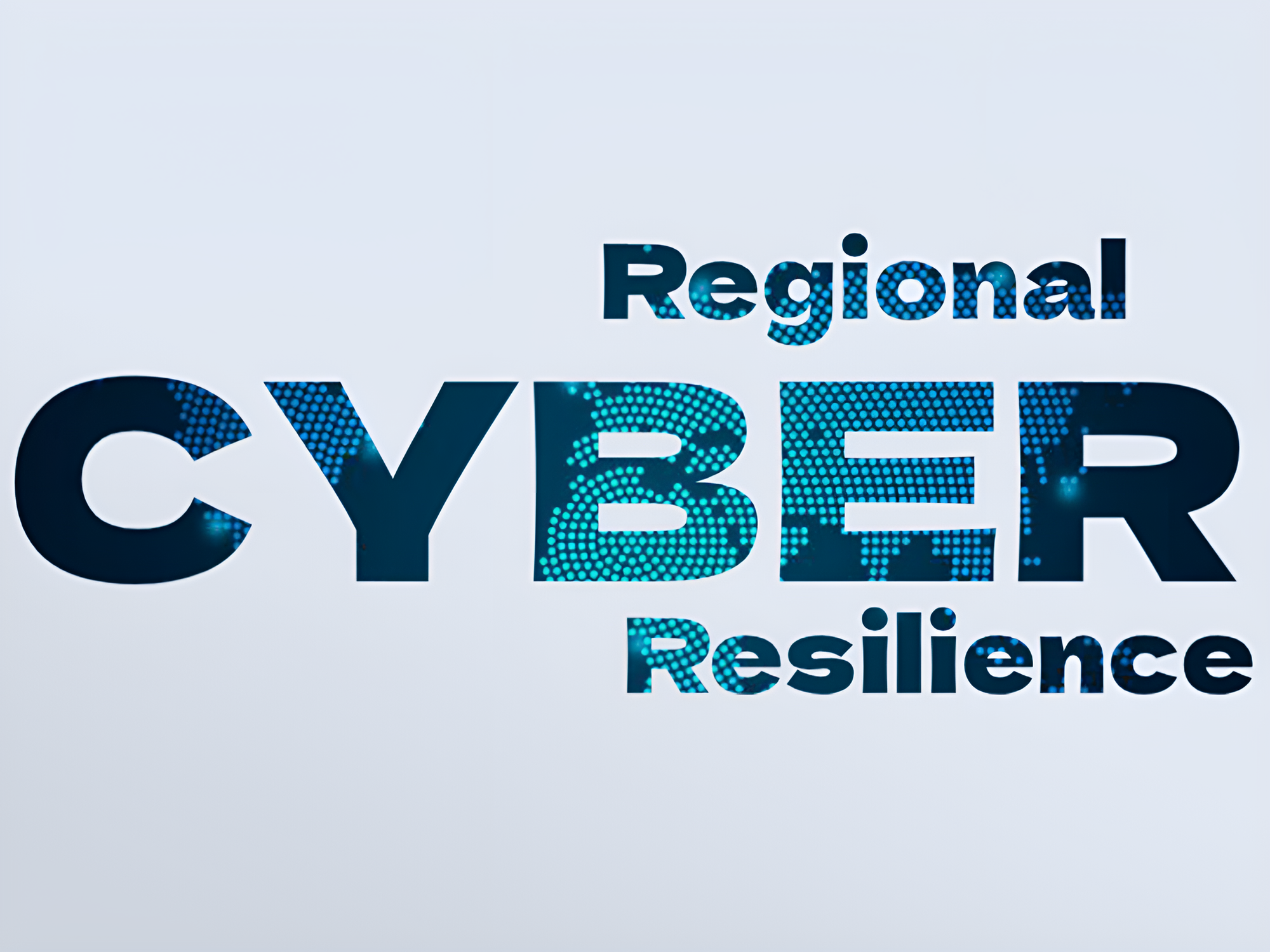
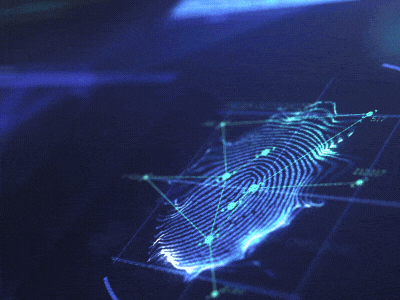


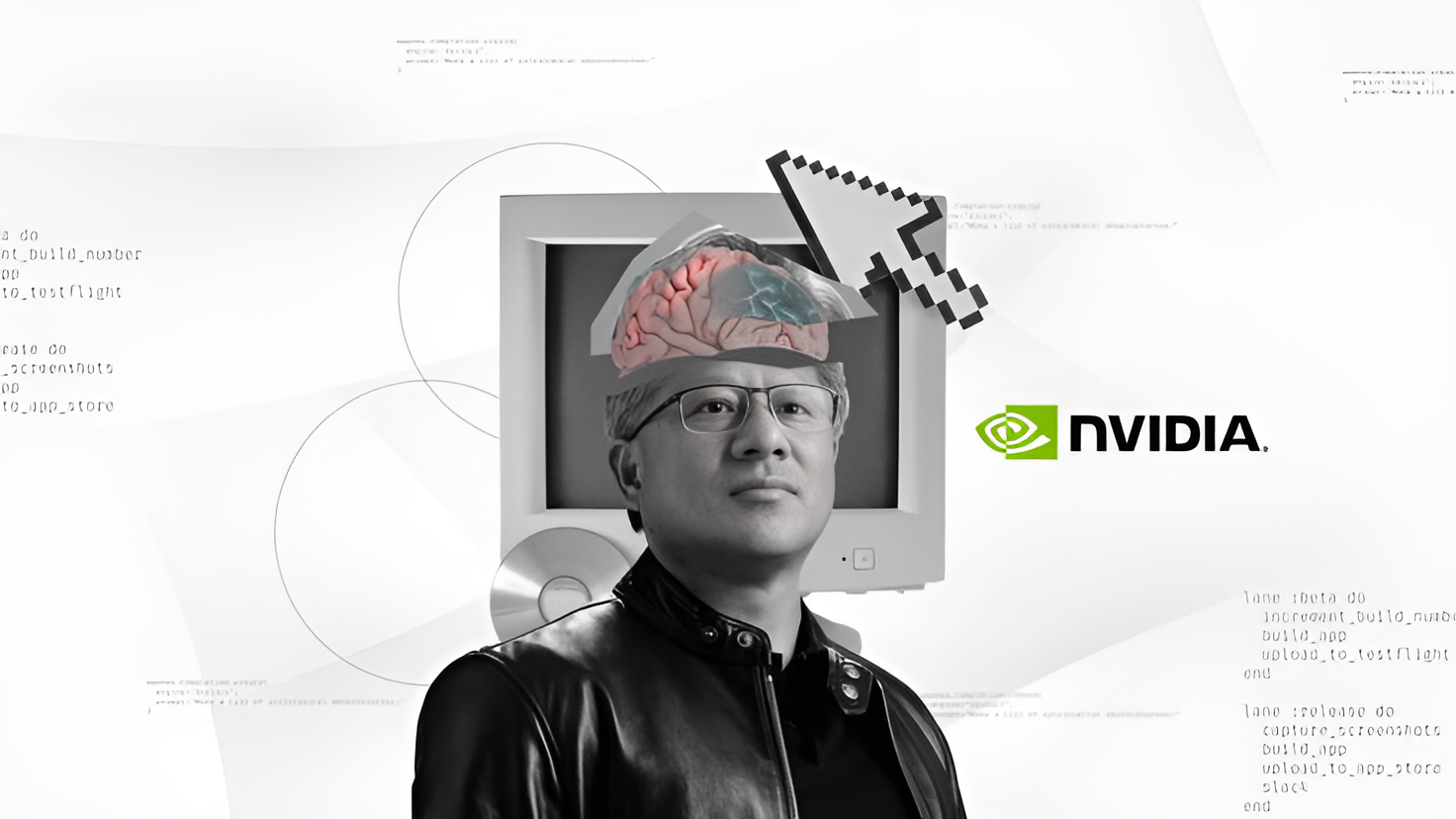



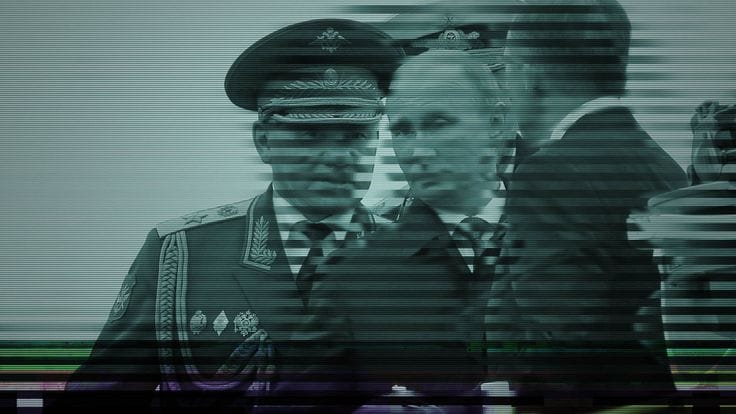



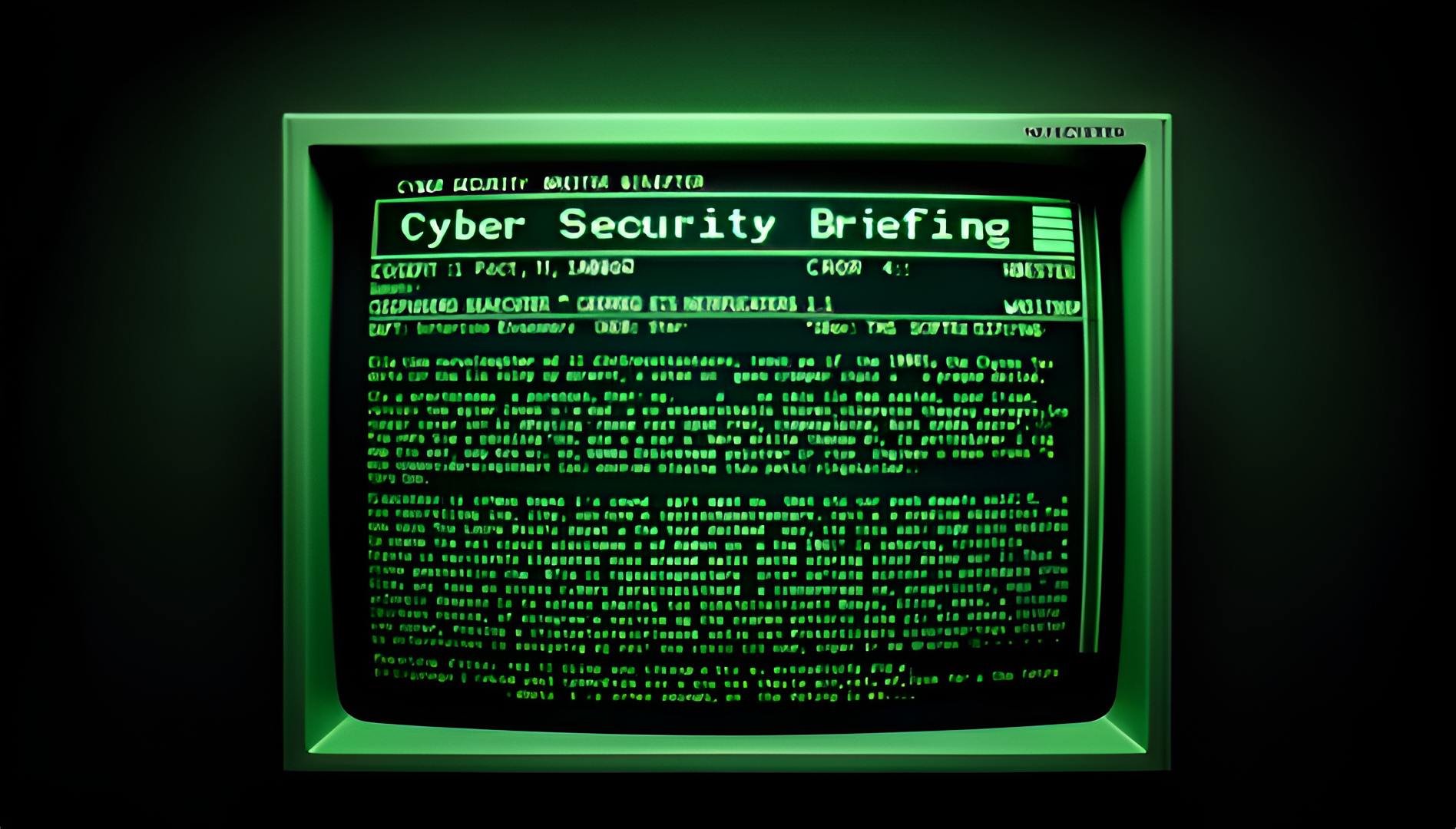




Discussion